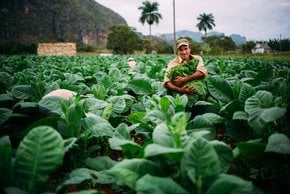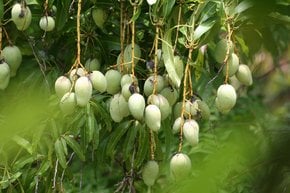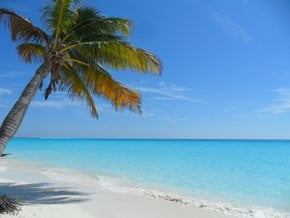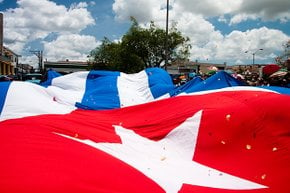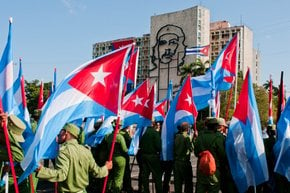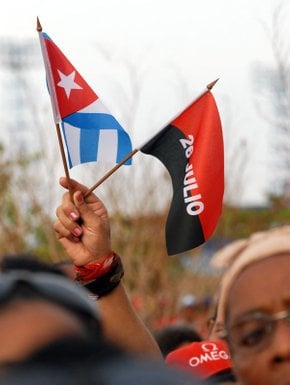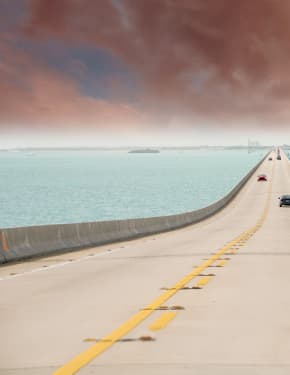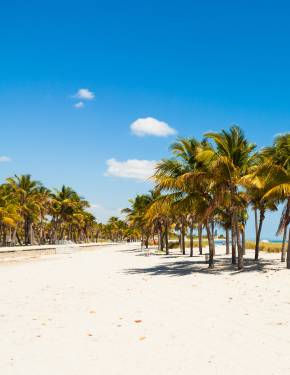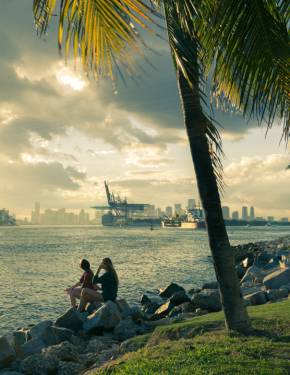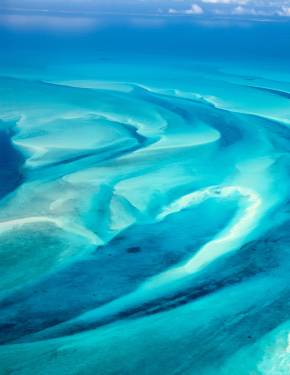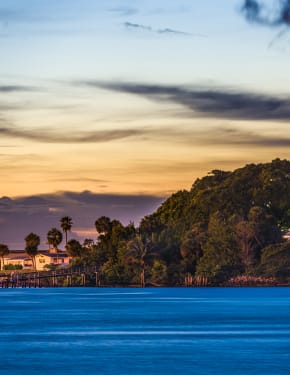Crab Migration in Cuba 2026
After mating season, millions of female crabs head to the Bay of Pigs
Best time: April
Every spring, Cuba becomes the stage for a massive migration of land crabs, a natural event that has fascinated locals and visitors alike. As millions of red crabs make their way from the forests to the shores of the Bay of Pigs (Bahía de Cochinos), they create a spectacle that is both chaotic and awe-inspiring. This phenomenon primarily takes place near Playa Larga and Playa Girón, offering a unique glimpse into the island’s wildlife. Here’s what you need to know about this remarkable event, including when, where, and how to witness it.
When to Observe the Crab Migration
The timing of the crab migration is dictated by the seasonal rains, typically beginning in March and peaking in April. According to local sources, the heaviest migration activity is seen in April, when female crabs travel to the sea to release their eggs. While April is considered the optimal time for viewing, some crabs may still be spotted in May and even in June. Weather conditions, such as rainfall, play a crucial role in determining the exact timing each year, and local forecasts can provide updates on the best viewing times. For detailed information, visitors can check regional weather sites to plan their trips accordingly.
Locations and Viewing Spots
The most popular locations to witness the crab migration are Playa Larga and Playa Girón, both situated on Cuba’s southern coast. Playa Larga is located about two hours by car from Havana, making it a relatively accessible destination. The roads near these areas become overrun with crabs as they cross from the forests to the sea, often causing traffic disruptions and leaving a trail of smashed crabs on the pavement.
Infrastructure and Accommodation
Playa Larga and Playa Girón are both located along the Bay of Pigs, with several small towns nearby offering basic amenities, including guesthouses and restaurants. While there are no dedicated camping sites specifically for viewing the migration, there are accommodations ranging from budget hostels to mid-range hotels in the area. Travelers interested in a more immersive experience can inquire about staying in casas particulares, Cuban homestays that offer affordable lodging.
Safety and Responsible Viewing
While the crab migration is a natural wonder, it’s essential to observe it responsibly. Visitors should maintain a safe distance from the crabs, as they are sensitive to movement and can react unpredictably. It is also important not to disturb, pick up, or feed the crabs, as these actions can harm the creatures and disrupt their natural behavior. Observers are advised to wear sturdy shoes, as roads and sidewalks can be littered with sharp crab shells.
Crabs are not dangerous to humans, but their sharp pincers can puncture car tires. Drivers in the region are encouraged to be cautious, as roads become slick with crushed crabs, and flattened tires are a common occurrence.
Admission and Road Closures
There is no specific entrance fee to view the migration, but visitors should be prepared for the inconvenience of road closures or detours. Some local authorities may temporarily close certain roads to protect the crabs, allowing visitors to walk alongside the migrating creatures.
Interesting Facts About the Cuban Land Crabs
The crabs involved in this migration primarily belong to two species: Gecarcinus ruricola and Gecarcinus lateralis. These crabs are not unique to Cuba, but their numbers on the island make the migration particularly impressive. Unlike their marine relatives, these land crabs breathe through gills that must remain moist, which is why they are often found digging burrows in the damp forest floor. During the mating season, females become swollen with eggs, which they must release in the sea to ensure the survival of their species.
Despite their abundance, Cubans generally do not consume these crabs due to the belief that they are toxic. Instead, the crabs provide a valuable food source for local birds, fish, and other wildlife, making their migration an essential part of the island’s ecosystem.
Additional Attractions in the Area
The region is known for its natural beauty, including the bay itself, which holds historical significance as the site of the 1961 invasion attempt. Visitors can combine their trip with stops at local historical landmarks and nature reserves. So, in addition to the crab migration, visitors to the Bay of Pigs region can explore nearby attractions such as the Ciénaga de Zapata National Park, one of Cuba’s largest wetlands and a UNESCO Biosphere Reserve. The area is also popular with birdwatchers, fishermen and divers, offering rich biodiversity both on land and underwater.
Another well-known red crab migration occurs on Australia's Christmas Island, where millions of crabs make their journey from the forests to the ocean annually between October and December.
































































